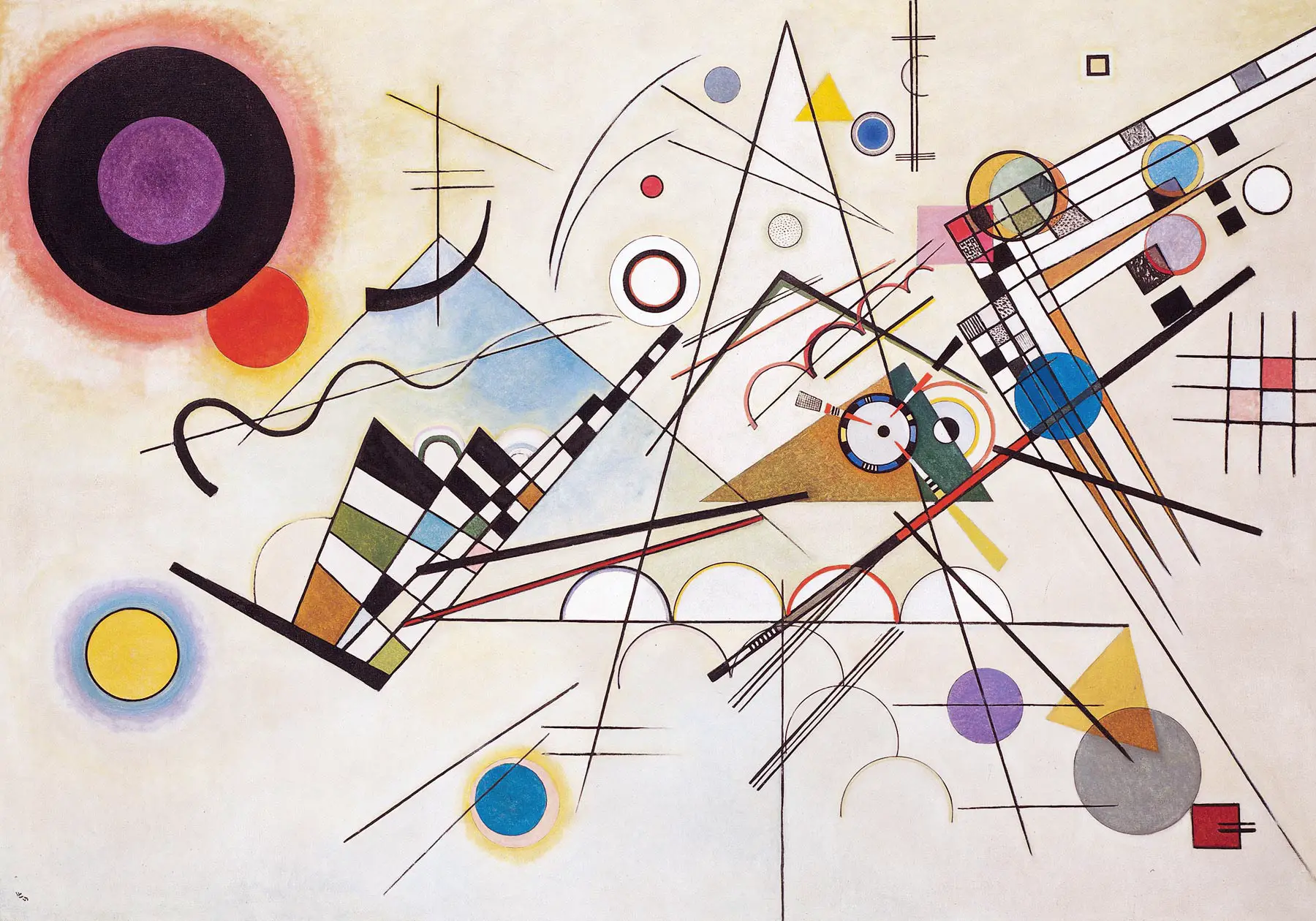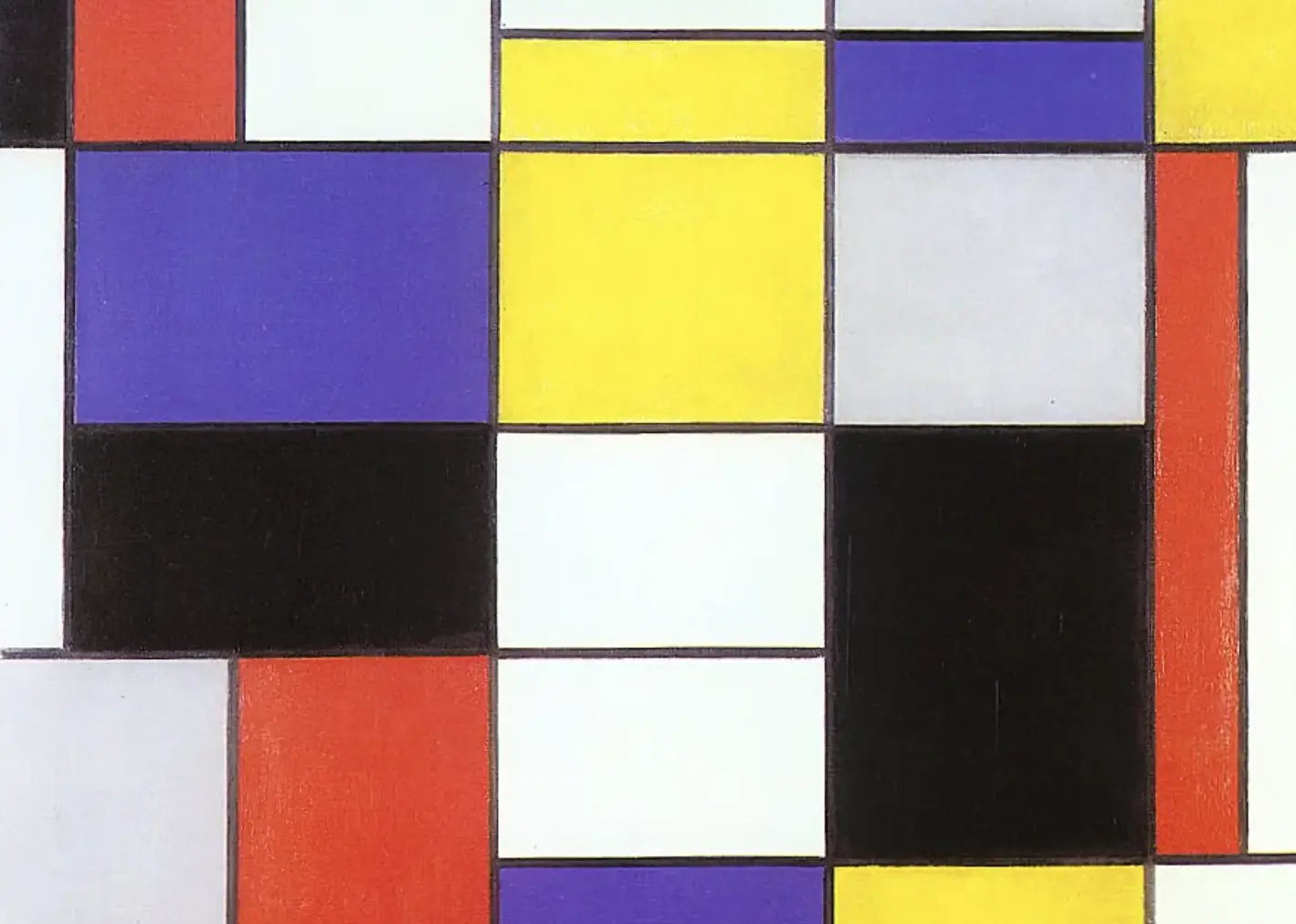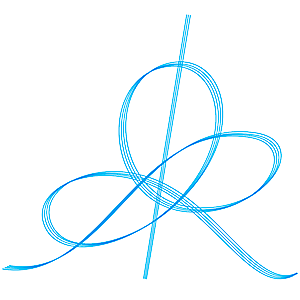
Senior Researcher in Physics at IHES
I am a theoretical physicist investigating the interplay between the notions of topology, generalised symmetry and duality, from condensed matter to high-energy physics. Welcome to my personal webpage!
In essence, my current research deals with two questions: What are the algebraic structures underlying the low-energy physics of quantum lattice many-body systems? How can the knowledge of these algebraic structures be harnessed in order to systematically unveil concealed properties, develop classifying schemes, construct innovative physical models, and, in a broader context, understand the space of quantum lattice models?
In recent years, part of my research has boiled down to translating "abstract nonsensical" constructions pertaining to (higher) category theory into tangible physical objects. Tensor networks have emerged as a crucial tool in shaping such a dictionary. Very versatile, I have also used tensor networks in the past to compute real-space renormalisation group flows
— a research direction I intend to revisit in the near future.
Research highlights
 DALL·E 3, DMRG, 2024
DALL·E 3, DMRG, 2024
Entanglement and the density matrix renormalisation group in the generalised Landau paradigm
For every (1+1)d model representing a symmetric phase, one can prove there exists a dual model whose dual symmetry is spontaneously broken. But, the dual model may only have a generalised symmetry. This has strong implications for the simulation of gapped phases using tensor networks, since optimising for the dual spontaneously symmetry broken states requires a minimal number of variational parameters. We demonstrate that the optimal way of simulating any gapped phase via the DMRG algorithm is to simulate this dual model, before acting with the corresponding duality tensor network operator.
 DALL·E 3, Sandwich I, 2024
DALL·E 3, Sandwich I, 2024
Symmetry topological field theory and non-abelian Kramers–Wannier dualities of generalised Ising models
Within the generalised Landau paradigm, a framework known as "SymTFT" has recently emerged enabling a calculus of topological defects that leverages well-established methods from Topological Quantum Field Theory, whereby a symmetric theory can be realised as the boundary theory of a higher-dimensional topological theory. In this paper, we explain how to make this construction very explicit in the language of tensor networks for two-dimensional Euclidean lattice field theories. We then exploit this formalism to revisit non-abelian Kramers-Wannier dualities of generalised Ising models.
 Kandinsky, Composition VIII, 1923
Kandinsky, Composition VIII, 1923
Higher categorical symmetries and gauging in two-dimensional spin models
Higher categorical symmetries have received widespread attention in recent years. Though exotic, such generalised symmetries have been shown to naturally arise as dual symmetries upon gauging invertible symmetries. In this manuscript, we introduce a framework that addresses two questions: Given a two-dimensional spin model, how to gauge any of its sub-symmetries? What are the lattice symmetry operators of the resulting model? Our framework relies on an approach to dualities whereby dual lattice models only differ in a choice of module 2-category over some input fusion 2-category.
 Wright, The alchemist discovering phosphorus, 1771
Wright, The alchemist discovering phosphorus, 1771
Dualities in one-dimensional quantum lattice models
Guided by a modern viewpoint on symmetry in terms of topological operators, we developed in these two manuscripts a systematic approach to dualities in (1+1)d quantum lattice models. Given an arbitrary model, we explain how to decompose it into superselection sectors and explicitly construct all its duals. Furthermore, we provide the lattice operators performing the transmutation of dual Hamiltonians onto one another as well as the mapping of superselection sectors, which in turns allows to address the long-standing problem of relating the spectra of dual models.
 Magritte, La Décalcomanie, 1966
Magritte, La Décalcomanie, 1966
Tensor network approach to electromagnetic duality in (3+1)d topological gauge models
arXiv:2112.08324
This manuscript outlines a tensor network approach to (3+1)d topological phases of matter. Given a (3+1)d topological gauge model, I show that there exists distinct parametrisations labelled by gapped boundary conditions of its ground state subspace in the form of tensor networks. Two such parametrisations fulfill symmetry conditions w.r.t. operators encoded into the Morita equivalent fusion 2-categories \(\mathsf{2Vec}_G\) and \(\mathsf{2Rep}(G)\), respectively. This is the electromagnetic duality of (3+1)d topological gauge models.
In the context of (2+1)d quantum lattice models, this construction infers that gauging a \(G\)-symmetry results in a model with a \(\mathsf{2Rep}(G)\)-symmetry.
 DALL·E 3, Knots I, 2023
DALL·E 3, Knots I, 2023
String-like excitations in (3+1)d gauge models of topological phases
We propose a classification and a characterisation of string-like excitations in gauge models of topological phases. Our derivations rely on a generalization of the so-called "tube algebra" approach, which consists in revealing the algebra, or categorification thereof, underlying the excitations and derive the elementary excitations as the corresponding simple modules. In particular, we find that these string-like excitations are organized into 2-category that is equivalent to the monoidal center of the input fusion 2-category. We further formalise the idea that closing string-like excitations produces loop-like ones.
 Mondrian, Composition A, 1923
Mondrian, Composition A, 1923
Computing the renormalisation group flow of \(\phi^4\) theory with tensor networks
arXiv:2003.12993
Regularising space into a fine-grained lattice and discretising the scalar field, the partition function of 2d \(\phi^4\) quantum field theory can be written down as a tensor network. Computing the partition function then boils down to contracting the tensor network. In 2017, M. Hauru, S.Mizera & I introduced a simple algorithm coined "gilt-TNR" that performs such a contraction approximately and, as a by-product, computes the renormalisation group flow of the theory in the space of tensors. Applied to \(\phi^4\) theory, we obtained at the time the best estimate for the criticial coupling of the theory in the continuum limit.
Do you dream of electric sheep?
A
A
A
A
A



